Some things never change, and no matter what Google and other Android phone makers might do, they never seem to be able to speed up the process of rolling out Android updates. It’s not an issue for Google’s Pixel phones, but every other Android phone user has to wait for whoever made their device to get their act together.
In recent years, some of those phone makers have picked things up, rolling out updates to their flagships pretty darn quickly. Samsung seemed to be one of those companies — last year One UI 6 brought Android 14 to Samsung Galaxy phones at the end of October.
But that same turnaround hasn't happened this year with One UI 7 — aka Android 15.
Word is that the full One UI 7 update won’t actually arrive until sometime next year, timed to the launch of the Galaxy S25. We haven’t even seen a beta release yet either (though reports suggest that could change soon), and it’s making me think that Samsung might have dropped the ball.
The state of OneUI 7 right now
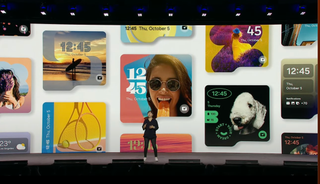
We first heard about the launch of One UI 7 back in May, shortly after Google revealed a bunch of information about Android 15 at its Google I/O 2024 developer conference. According to reports, Samsung was already internally testing a beta version of One UI 7. At the time, we thought that meant the beta version would be widely released not long after — giving a handful of people their first glimpse at Samsung’s take on Android 15.
That never actually happened. In July we heard news that the beta could launch a few weeks later, ready for a full One UI 7 release in October. Instead the beta suffered multiple delays, and was reportedly shelved “indefinitely” by early August. Only recently, after Samsung’s Developer Conference in early October, have we started hearing more positive news about the update.
Well, "positive," in that work was progressing. But less positive in how long we’re apparently going to have to wait for both the beta and the full rollout of One UI 7. But news was that the beta could arrive in mid-November, with later reports suggesting November 17 as the date in question. While not far away from where we are now, it's quite a ways off from the summer release that many people had expected and hoped for.
As for the final version of One UI 7, that apparently won’t arrive until the Samsung Galaxy S25 launches at an unspecified point next year. Normally new Samsung flagships arrive in late January or early February, and so far we’ve heard nothing to suggest Samsung will deviate from the usual schedule.
If that ends up being the case, it means Samsung will wind up three to four months behind the release of Android 15, which hit Pixel phones in early October. It’s also the latest Samsung has released a major One UI update since One UI’s inception back in 2018. Previously the only new numbered version of One UI that didn’t launch in October or November was One UI 3.That was released on December 2, 2020, and I expect you can blame lots of things happening in 2020 for that brief delay.
As for what’s caused the delay with One UI 7, we just don’t know. All we know is that it hasn’t arrived yet, and Samsung hasn’t been very forthcoming with an explanation.
Android 15 has been a little messy, too
Android 15 itself hasn’t exactly had the smoothest launch either, come to mention it. The release schedule can differ from year to year, but typically new Android versions either arrive in late summer or October — around the time Google launches its new Pixel phones.
This year was a little different, since the Pixel 9 series arrived a few months early at the end of August. This was around the time new Android versions had been released in the past, even if it hadn’t been the case last year with Android 14. Sadly Android 15 didn’t arrive early, meaning Google launched the Pixel 9 phones with Android 14 installed.
All Pixel owners were forced to wait until October for an update to the latest version, which itself had been in public beta since April. Weirder still, Android 15 was officially declared complete and submitted to the Open Source Project over a month before it actually started rolling out to user’s phones.
That's rather embarrassing for Google, and it makes me wonder whether this is why the company is pushing to release Android 16 in Spring 2025 to avoid this kind of situation from happening again. Or at the very least, it might ensure that it doesn’t happen two years in a row.
I have no idea whether the weird Android 15 rollout had any impact on the problems plaguing One UI 7. It doesn’t seem likely, considering Samsung’s been having issues for several months, and the fact Google managed to release several beta versions without incident. But it is rather strange that the two biggest players in the Android world would have weird Android 15 rollouts
Interestingly, OnePlus has been on the ball with its own Android 15 variant, officially subbed OxygenOS 15. While OxygenOS 14 didn’t land until mid-November 2023, version 15 was available before the end of October 2024 and launched just a few weeks after Android 15 hit Pixel phones. That's great for OnePlus owners, and makes Samsung’s delayed timeline look all the more embarrassing in contrast.
Bottom line
In the grand scheme of things, it probably doesn’t matter too much that Samsung is late to the Android 15 party. People will update when they update, and the lack of One UI 7 isn’t going to force them to flee to a different kind of phone on its own. That said, considering how much better Samsung has gotten at developing new Android updates since it launched the first version of One UI, it’s disappointing to see such a lengthy delay.
Samsung is a major player in the smartphone business, and one of the largest Android phone makers in the world — more so outside of China. Honestly, the company needs to do better than this.
The staggered release of Android updates across phones has been a problem for a long time, and it’s one of the things Apple loves to make fun of whenever it has the opportunity. (When iOS updates become available, they're available for everyone with a compatible iPhone.) While Google has done a lot to improve the speed phone makers can develop their own Android updates, Samsung’s popularity means it has to play its part in making that happen.
Right now, Android 15 is rather inconsequential as far as phone updates go. It’s boring and it’s not exactly fixing major issues in the operating system. But there will be a time when Google needs a massive problem fixed right away — and in those cases Samsung (and others) can’t afford to spend months getting absolutely nowhere.
More from Tom's Guide
- Samsung's One UI 7 beta release date just tipped — and it's coming here first
- iOS 18.2 beta 3 is here — here’s the new upgrades for your iPhone
- Android 16's making Quick Settings easier to access — after first making it more difficult
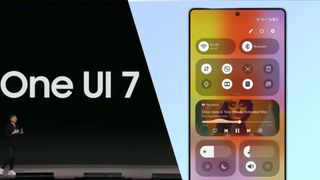
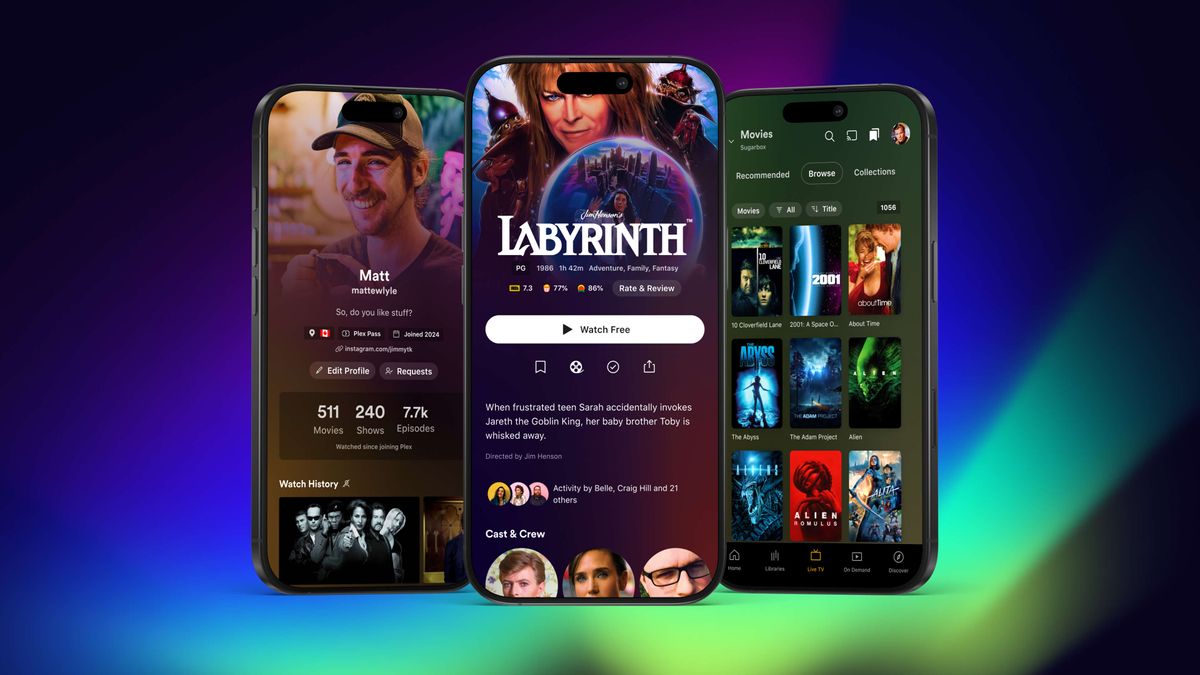

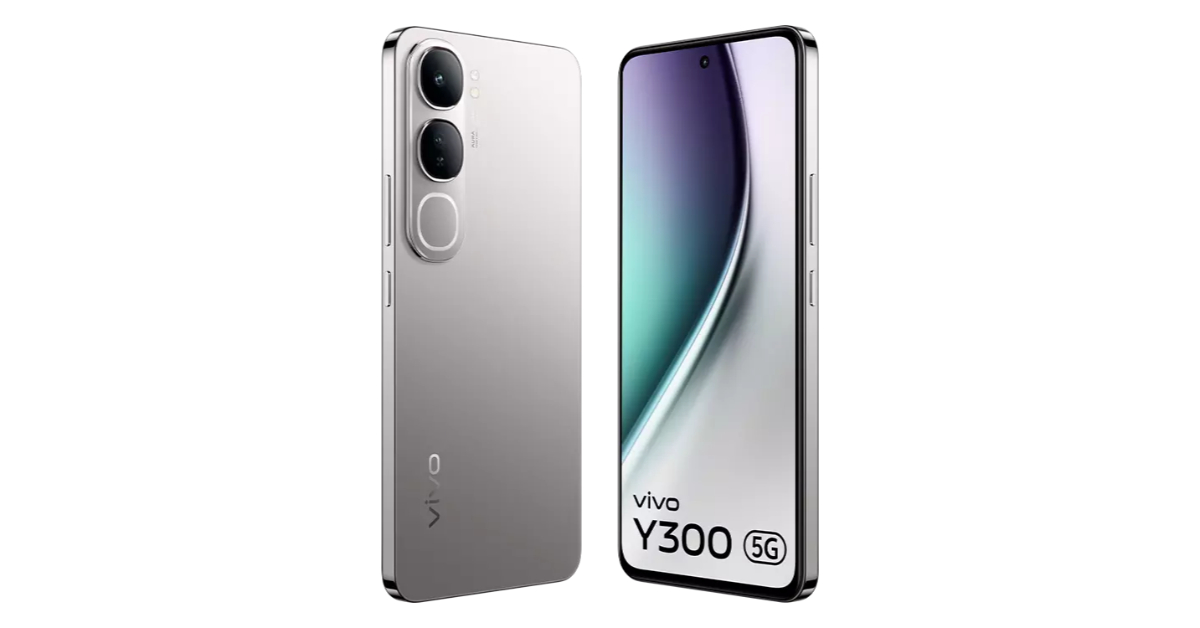
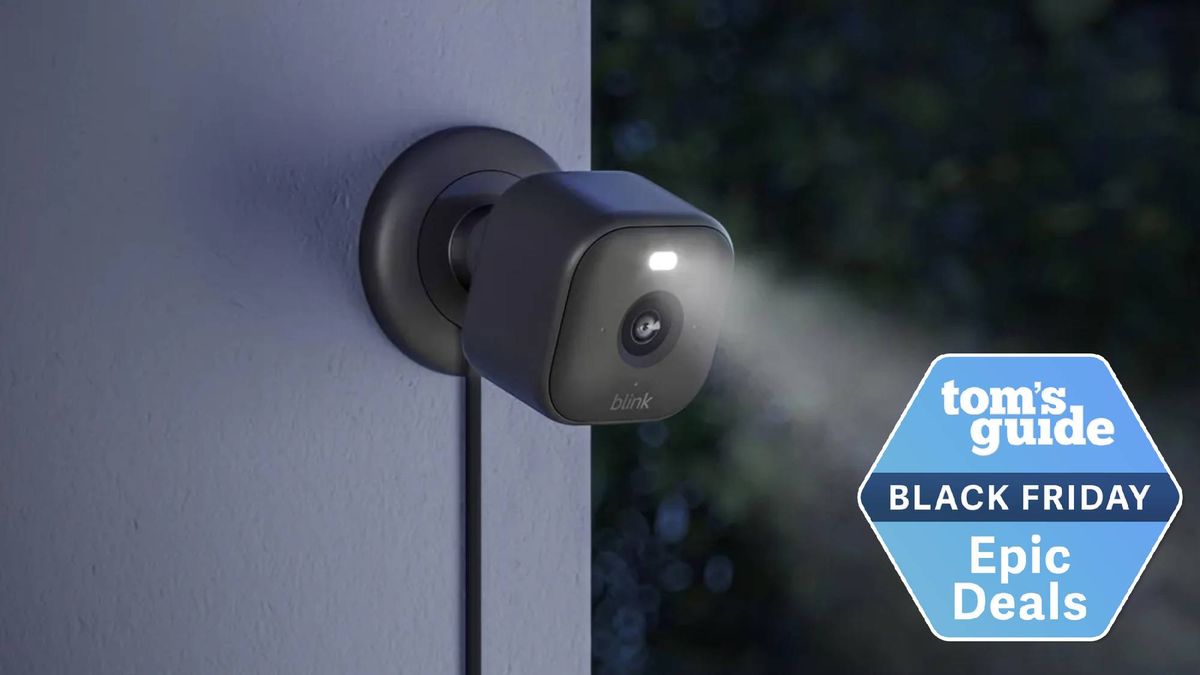

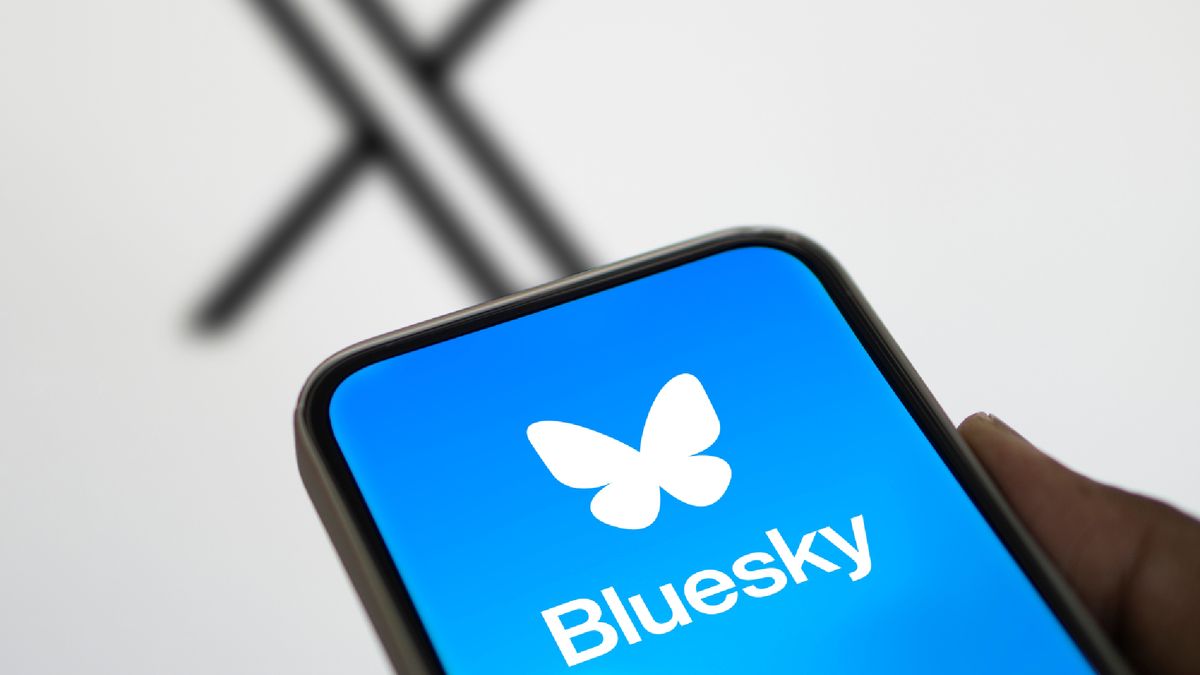














 English (US) ·
English (US) ·